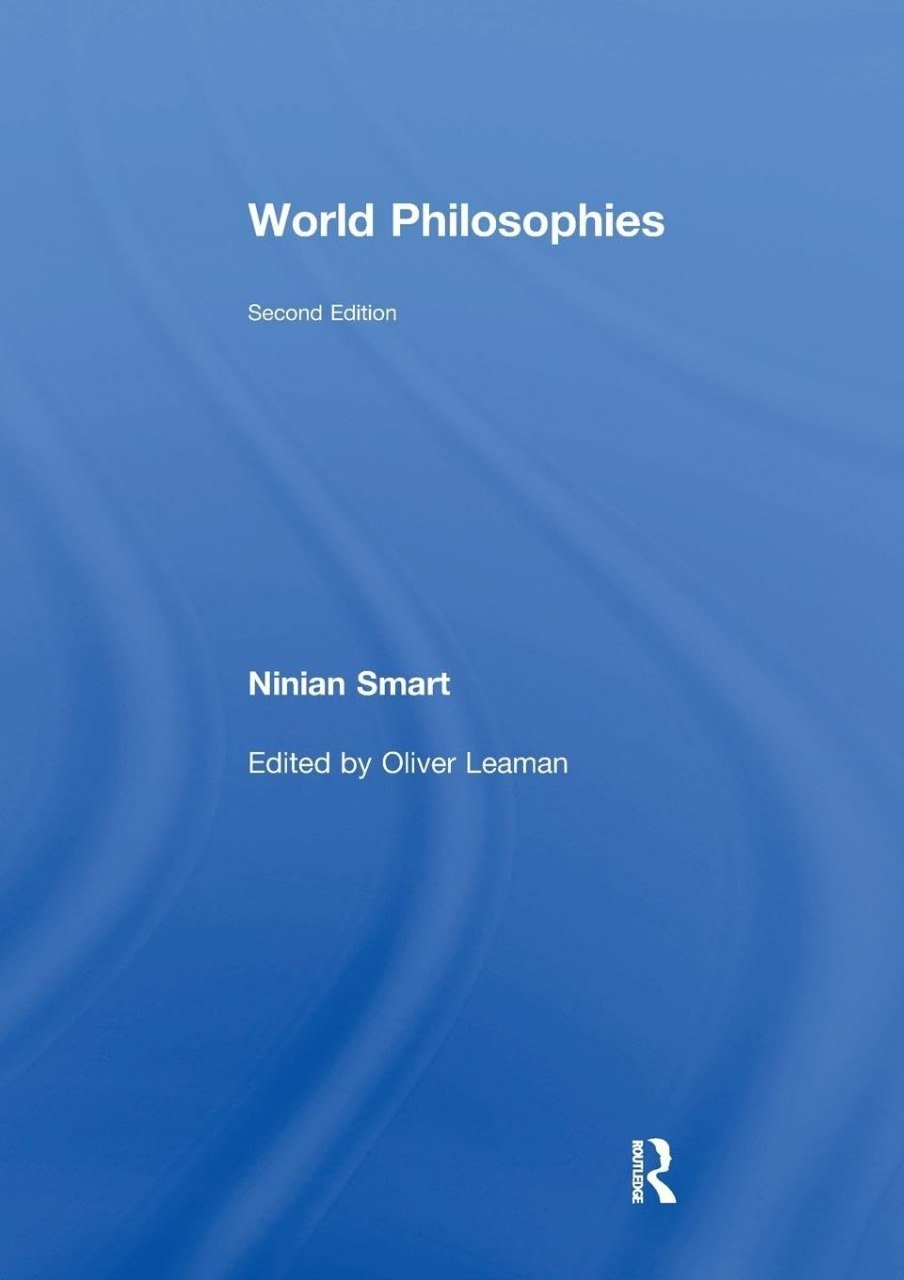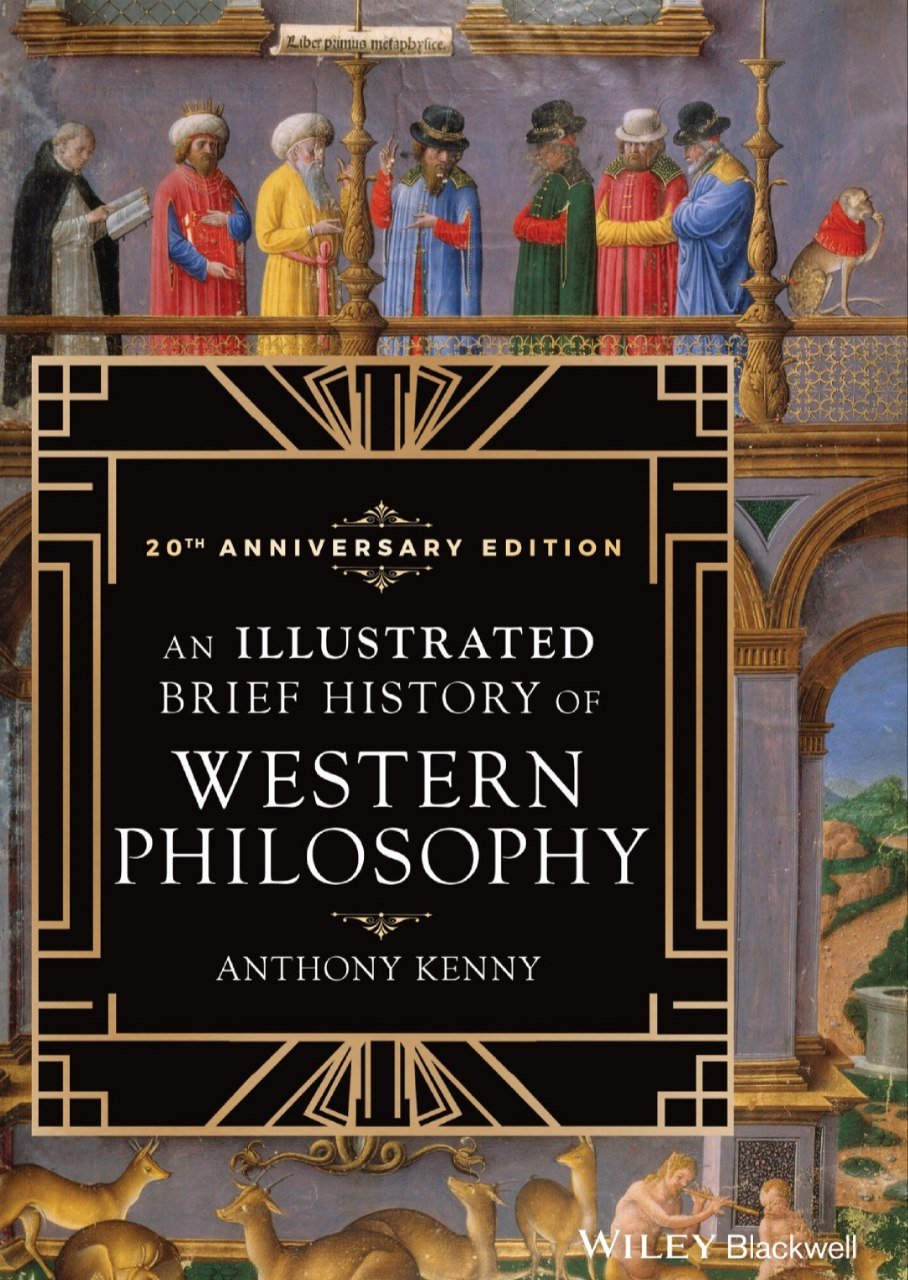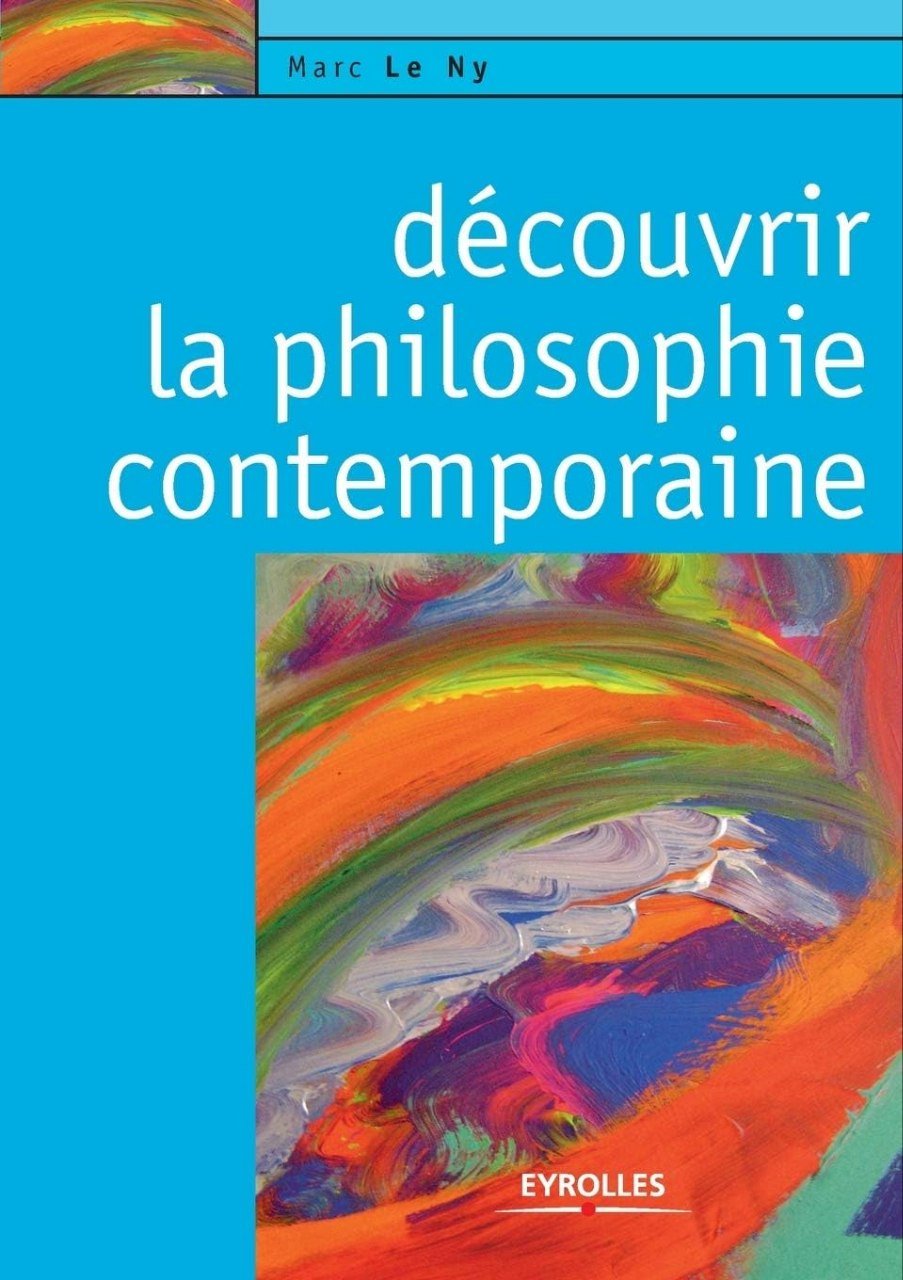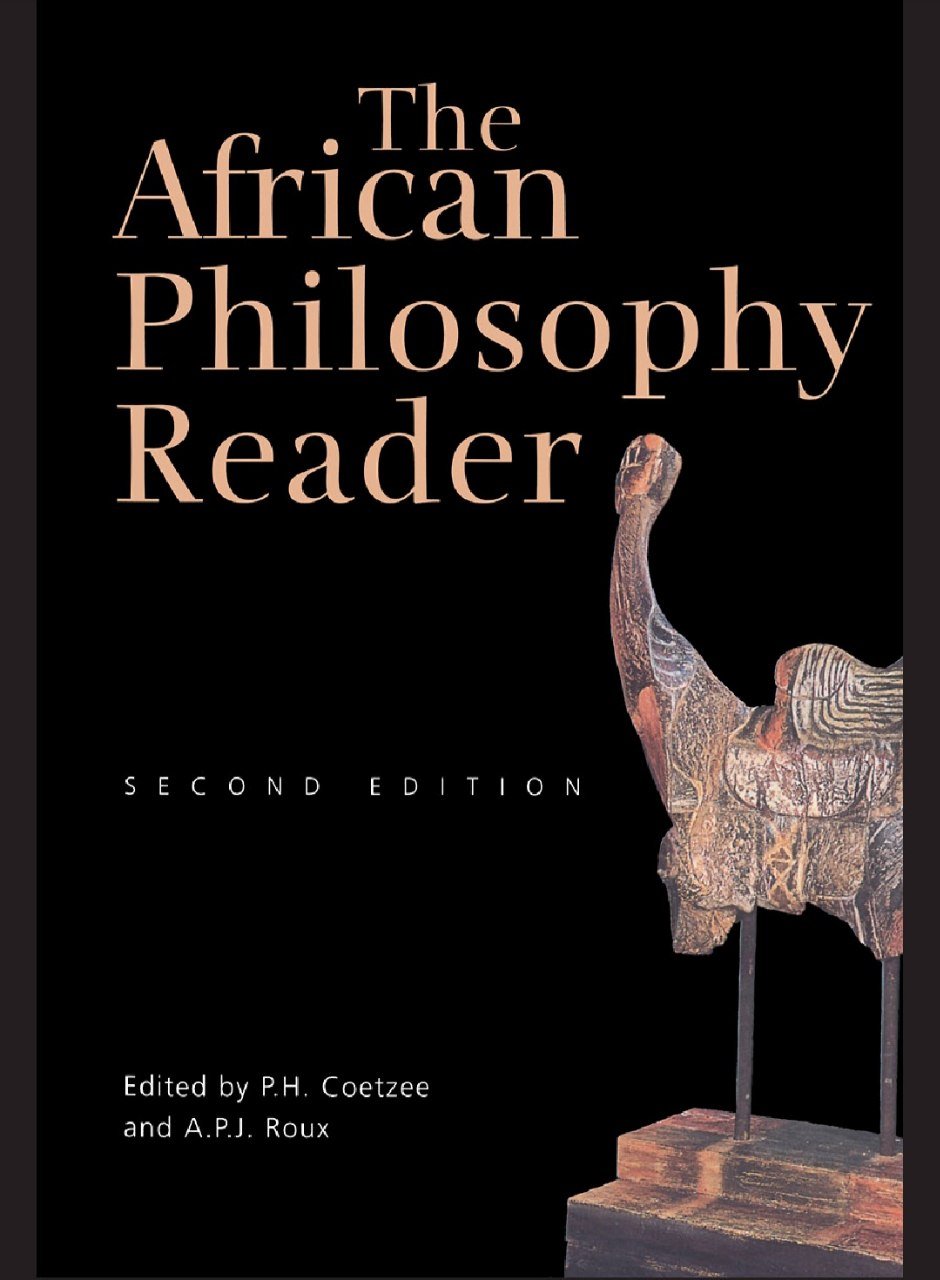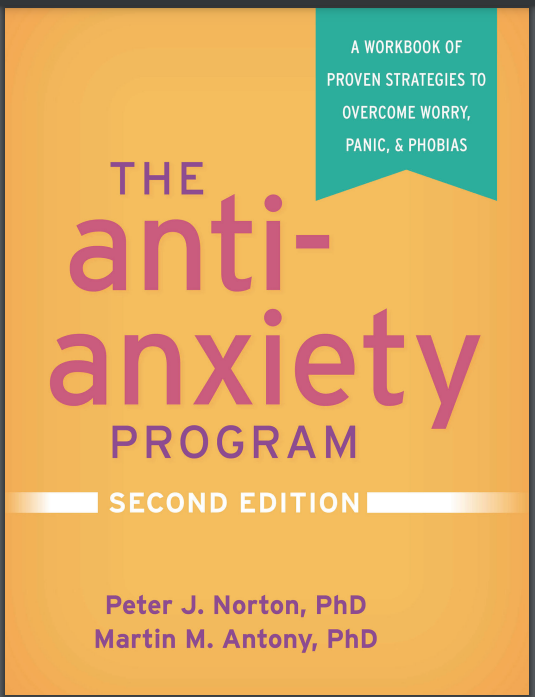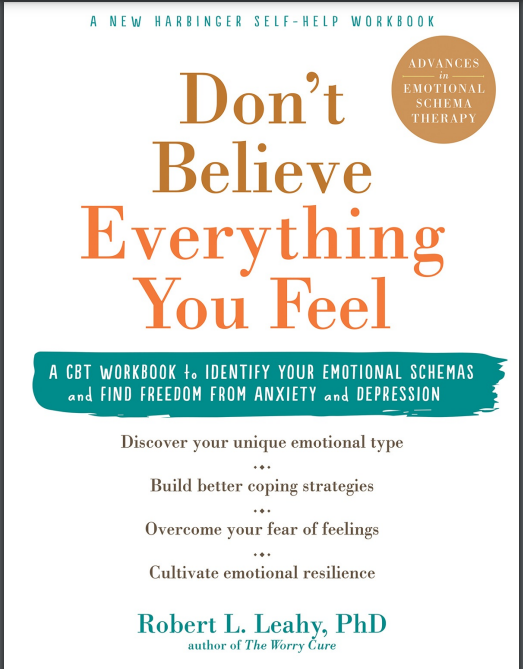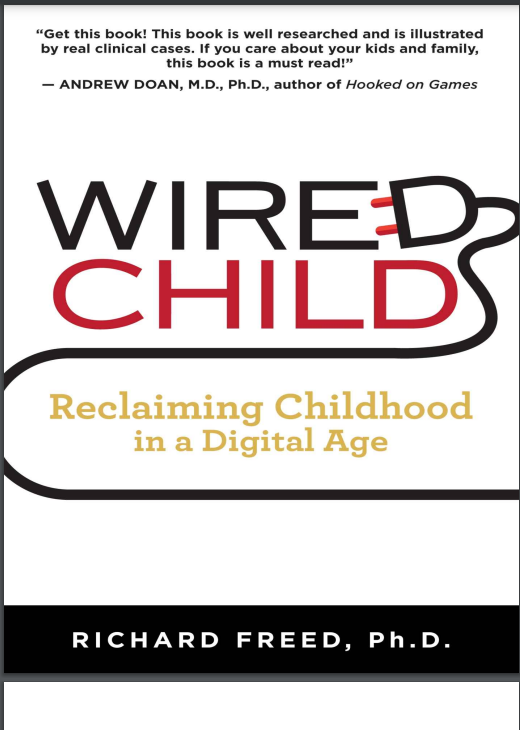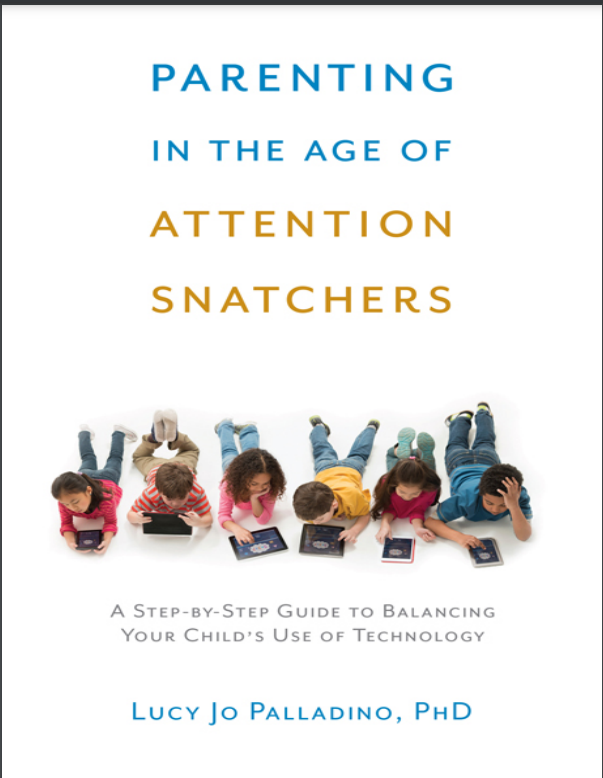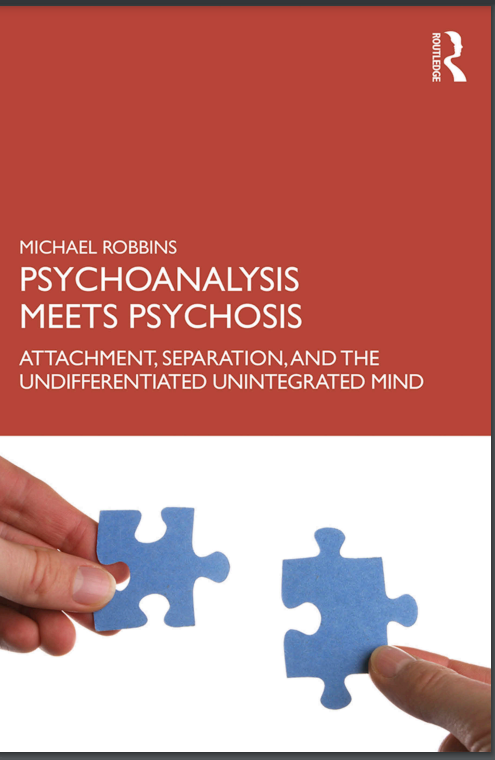

Six Moments in Lacan by Derek Hook
Reviews
No review yet. Be the first to review this book!
Description
"Six Moments in Lacan: Communication and Identification in Psychology and Psychoanalysis" by Derek Hook (2018) is a comprehensive and insightful exploration of the work of the influential psychoanalyst Jacques Lacan. Hook presents a detailed and accessible account of six key moments in Lacan’s career, each representing a pivotal shift or development in his theoretical framework. The book examines Lacan's contributions to psychology and psychoanalysis, focusing on his ideas about communication, identification, and the unconscious mind. Hook’s approach is structured around the analysis of these six moments, which highlight the evolution of Lacan’s ideas over time and his engagement with key themes in psychoanalysis. These moments are not merely chronological but also represent crucial shifts in Lacan's understanding of the human psyche, the role of language, and the nature of the unconscious. The book traces how Lacan’s ideas about communication and identification developed in relation to both psychoanalytic theory and broader philosophical debates. The first moment Hook addresses is Lacan's initial engagement with Freudian psychoanalysis. Early in his career, Lacan sought to revive and reinterpret Freud’s theories, emphasizing the centrality of language and the unconscious in human subjectivity. Hook highlights Lacan's view that the unconscious is structured like a language, which radically shifted the understanding of the unconscious in psychoanalysis. This moment marks a turning point in psychoanalysis, where Lacan began to challenge traditional Freudian interpretations by introducing the idea that the unconscious is not just a repository of repressed desires, but a linguistic and symbolic structure that can be studied and analyzed through its use of language. The second moment focuses on Lacan’s concept of the mirror stage, which represents a crucial development in his theory of identification. Lacan argued that infants go through a phase in which they recognize their reflection in a mirror, leading to the formation of the "I" or ego. This moment is significant because it introduces the idea that the self is constructed through a process of identification with external images. For Lacan, the mirror stage is not merely a developmental phase but a foundational moment in the formation of the subject, wherein the individual’s sense of self is shaped by the interplay between perception and the external world. Hook discusses how this moment in Lacan’s theory has had a profound impact on the field of psychology and continues to influence discussions about selfhood and identity. The third moment Hook examines is Lacan's concept of the symbolic order, which refers to the realm of language, culture, and social structures that shape human identity. Lacan argued that the individual’s entry into the symbolic order marks the point at which the subject is constituted as a social being, bound by language and the laws of society. The symbolic order is central to Lacan’s theory of human subjectivity, as it is through language that individuals come to understand themselves and their place in the world. Hook’s analysis of this moment highlights how Lacan’s work is deeply intertwined with structuralist and post-structuralist theories, as it challenges the notion of a stable, pre-existing self. The fourth moment focuses on Lacan’s evolving views on sexuality and desire. Lacan’s understanding of desire is influenced by his interpretation of Freud, but he expands on Freud’s ideas by incorporating his own insights into the nature of human longing and the dynamics of sexual identity. Lacan famously said that "man's desire is the desire of the Other", indicating that desire is never self-contained but always mediated by the other—the figure of authority, society, or language. This moment in Lacan’s work is critical because it challenges the idea of desire as something innate or purely biological, instead framing it as a socially constructed and relational phenomenon. The fifth moment Hook discusses is Lacan's later emphasis on the Real, a key concept in his theory that refers to the aspect of existence that is beyond the symbolic order and cannot be fully grasped by language or understanding. The Real represents the unsymbolizable, the traumatic, or the unrepresentable in human experience. Hook’s analysis of this moment emphasizes the tension between the symbolic and the Real in Lacan’s work, and how the Real is always in excess of our understanding, serving as a fundamental limitation to the human psyche. This moment highlights the complexity of Lacan’s thinking and his engagement with ontological questions about the limits of human knowledge. Finally, the sixth moment focuses on Lacan’s later work, particularly his return to questions of communication and the subject's relation to the other. In his later years, Lacan increasingly turned to the role of ethics and responsibility in psychoanalysis, with a focus on the way the subject is positioned within a network of relationships. Lacan’s shift in focus from the mirror stage and the symbolic order to the question of communication emphasizes the role of the other in the formation of the subject and the ethical implications of psychoanalytic practice. In conclusion, "Six Moments in Lacan" by Derek Hook provides an in-depth and engaging analysis of Lacan’s thought, tracing the development of his theories through key moments that shaped the course of psychoanalysis. Hook’s book offers a clear and accessible introduction to Lacan’s complex ideas, making them relevant to contemporary debates in psychology, philosophy, and cultural studies. The book is particularly useful for students and scholars seeking to understand Lacan’s contributions to the philosophy of the unconscious, language, and identity, as well as those interested in the ongoing relevance of his ideas in contemporary psychoanalysis and social theory.






















.jpg)

.jpg)



.jpeg)








.jpg)





.jpeg)
.jpeg)











.jpg)


.png)

.jpg)
.jpg)
.jpg)



.jpeg)
















.jpg)




.jpeg)











.jpg)


